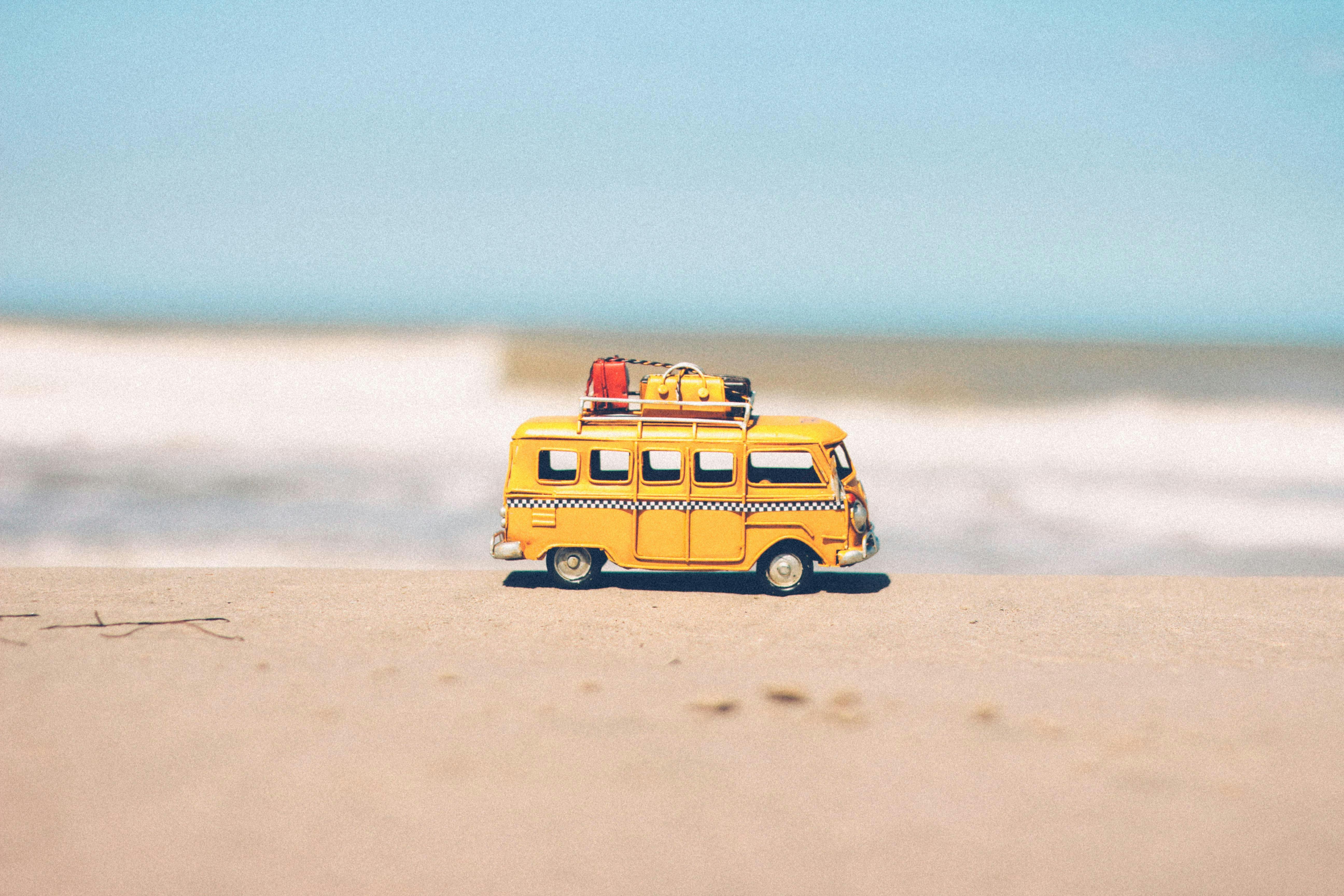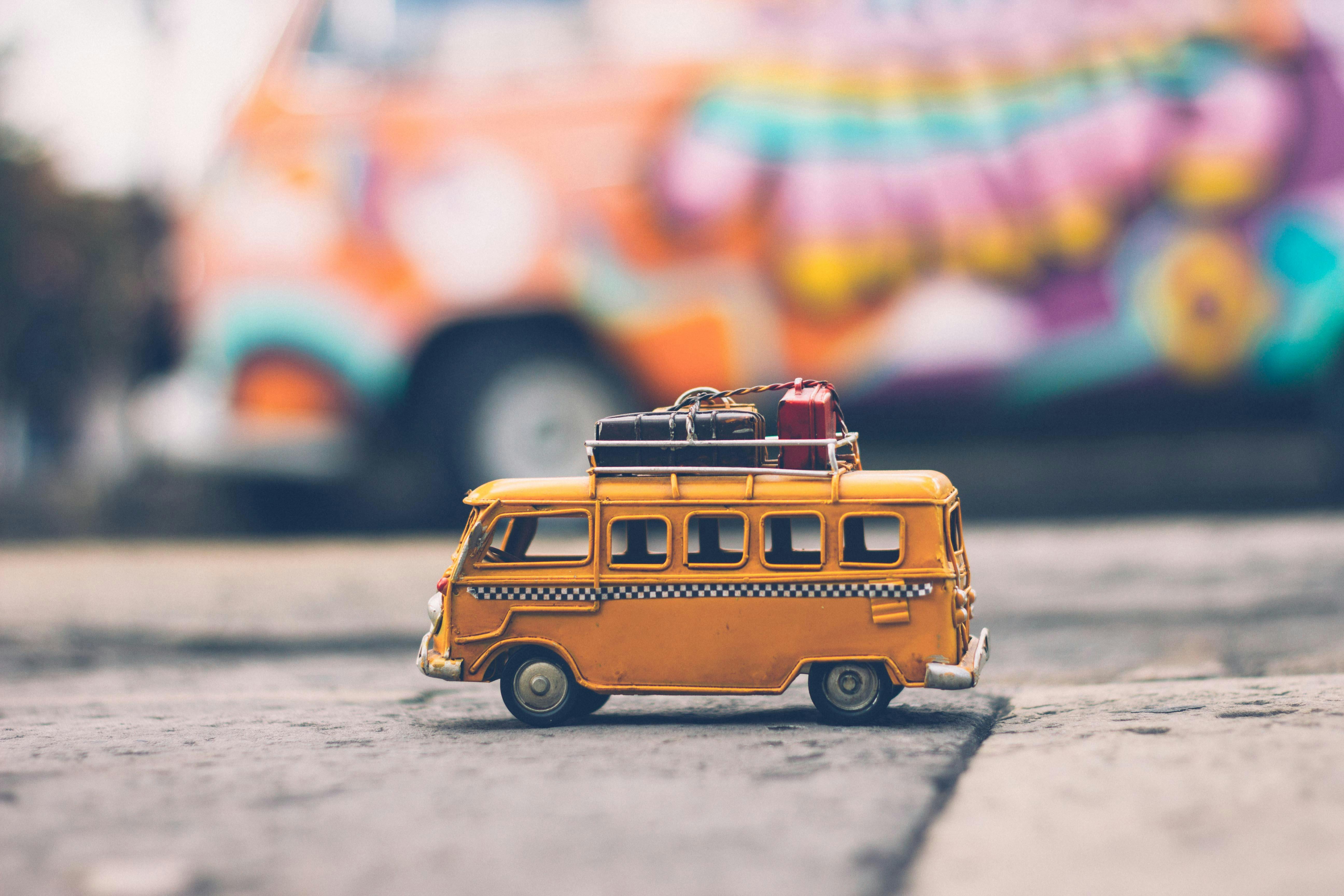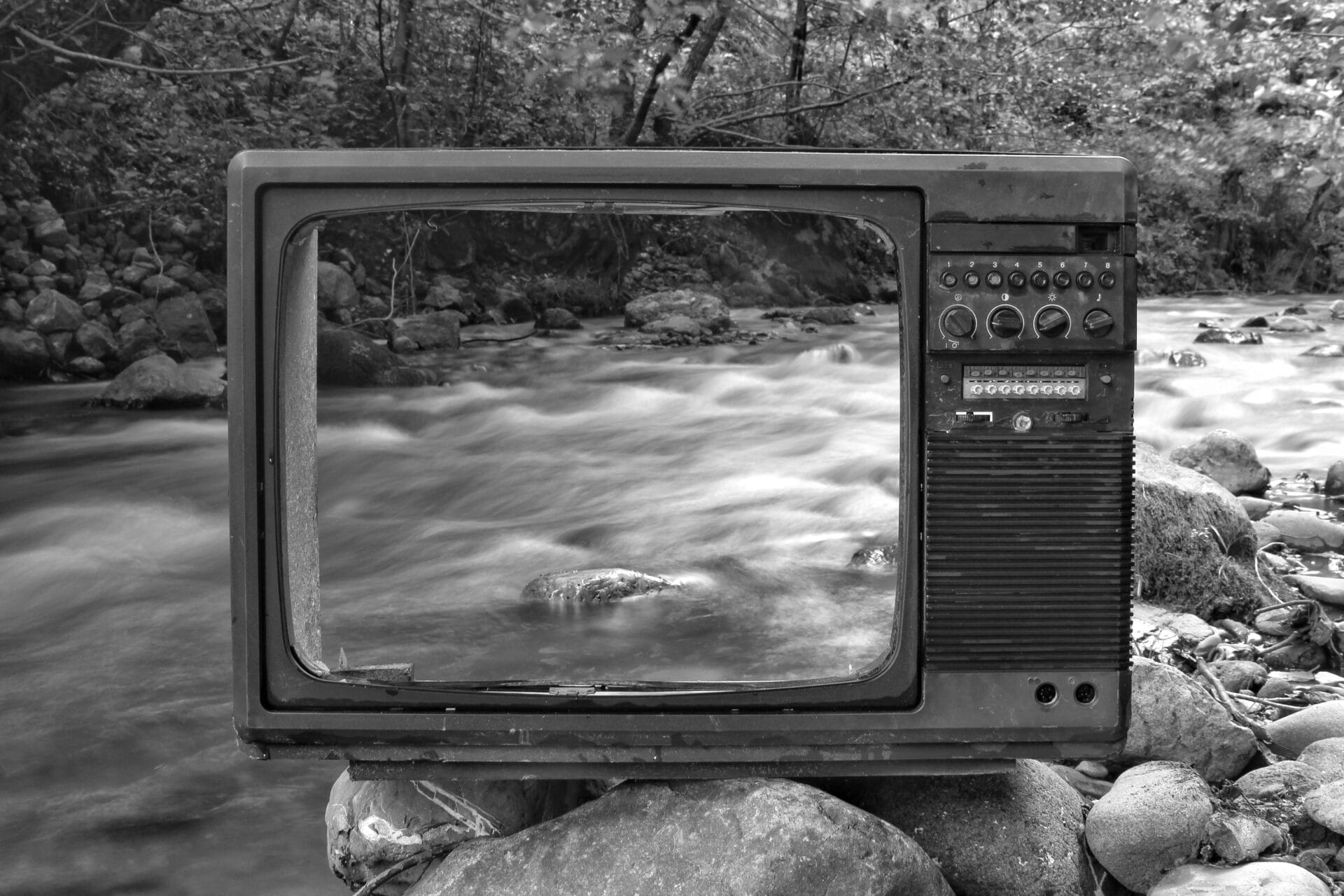If you’re dealing with RV water damage, you may be wondering how to repair the damage and restore your RV to its original condition. Water damage in an RV can be caused by leaking pipes, improper drainage, or flooding. Fortunately, there are steps you can take to repair the damage and prevent future water issues. This article will provide an overview of how to repair water damage in an RV, including identifying the source of the problem, cleaning up any standing water, drying out the affected area, and preventing future water damage.To identify RV water damage, first look for signs of water intrusion such as water spots, mold, mildew, or discoloration on the walls, ceiling, and floors. Inspect the interior for stains on cushions and carpets and for signs of sagging due to excessive moisture. Also check the exterior of the RV for any cracks or holes in the roof or walls that could be allowing in water. In addition, look for any rust or corrosion on metal components that could indicate a leak. Finally, inspect the pipes and hoses of the RV’s plumbing system to see if there are any leaks or other issues.
Assessing the Extent of RV Water Damage
When an RV is affected by water damage, it can be difficult to assess the extent of the damage and plan a course of action for repairs. It is important to properly assess the damage in order to make sure that all areas are accounted for and that no further damage occurs. Here are some tips for assessing the extent of RV water damage:
The first step is to take a thorough inventory of all visible signs of water damage. This includes checking for signs of staining on walls, carpeting, and other surfaces, as well as looking for signs of mold or mildew growth. Make sure to take note of any areas where water appears to have pooled or pooled up against walls and floors. It is also important to check any electrical components, such as outlets or light switches, for signs of corrosion or water seepage.
The next step is to inspect any interior fixtures or components that may have been affected by the water damage. This includes checking under sinks, in bathrooms, furniture, and appliances. Look for any signs of corrosion or rusting on metal surfaces and inspect any insulation or drywall that may have been exposed to moisture. Make sure there are no loose wires or connections that could cause a safety hazard.
It is also important to check underneath the RV for any signs of leaking pipes or other plumbing issues which could be related to the water damage. Check all seals around doors and windows as well as around vents and exhausts. If there are any visible cracks in any part of the structure, it is important to repair them immediately before further damage occurs.
Lastly, it is important to perform a thorough inspection inside the RV after all other steps have been taken care of. Look at all surfaces closely for signs of staining or discoloration which could indicate further water damage has occurred beyond what was initially seen upon first inspection. Take note if there are any unusual smells coming from within the RV which could indicate mold growth due to excess moisture build-up over time.
How to Dry Out an RV After Water Damage
Dealing with water damage in an RV can be a stressful situation. It’s important to take the necessary steps in order to dry out the RV as quickly as possible. The following steps will help you get your RV back into shape after a flood or water leak.
The first step is to locate the source of the water. This can be difficult if you don’t know where the leak originated from, but it’s important to find it and make sure it’s been addressed before you start drying out your RV.
Once the source of the leak has been identified and addressed, it’s time to start drying out your RV. Start by removing any furniture, bedding, or other items that have been affected by the water damage. These items should be cleaned and dried separately from the RV itself.
Next, you will need to locate any standing water and remove it using towels or a wet/dry vacuum cleaner. If there is any remaining moisture in carpets or upholstery, use fans or dehumidifiers to dry them out. If you don’t have access to fans or dehumidifiers, open windows and doors to help air circulate throughout the RV.
Once all of the visible moisture has been removed, use a mild detergent and warm water solution to clean all affected surfaces such as walls, floors, carpets, upholstery, etc. Allow these surfaces to dry completely before putting any furniture or other items back into your RV.
Finally, inspect all electrical components for signs of damage such as shorts or burned out wires and replace them as necessary before turning on any electrical appliances in your RV. Once all of these steps have been completed, your RV should be free of water damage and ready for use again!
Clean Up and Repair Materials for RV Water Damage
When it comes to RV water damage, the first step is to clean up the mess. If you’re dealing with a small leak, you may be able to use an absorbent material such as a towel or a sponge to soak up the water. For larger leaks, you may need to use a wet/dry vacuum or other specialized equipment. Once the area is dry, it’s important to inspect for any further damage that may have occurred. This could include checking for mold growth, warping of wood or other materials, and structural damage.
Once all of the water has been removed and any further damage assessed, it’s time to start repairing the RV. Depending on the extent of the damage, this may involve replacing parts of the RV or simply patching up any holes or cracks in walls or floors. You may need to use special sealants or adhesives for this job. Additionally, if there is mold present, it must be treated with appropriate cleaners and disinfectants before any repair work is done.
It’s also important to consider ventilation when repairing your RV after water damage. Poor ventilation can lead to further problems such as mold growth and musty odors. If possible, try to open windows and doors so that air can circulate throughout your RV while repairs are being made. Finally, if you suspect that there has been significant structural damage due to water intrusion, you should consult with a professional before attempting any repairs yourself.
Taking Care of Mold and Mildew After Water Damage
Mold and mildew are two of the most common problems caused by water damage. These fungi can cause health issues, damage to property, and an unpleasant smell. It is important to take the proper steps to clean up mold and mildew after water damage. The following tips can help you get started.
The first step in taking care of mold and mildew after water damage is to identify the source of the water damage. If the source cannot be determined, it is best to hire a professional who can assess the situation and recommend a course of action. Once the source has been identified, it is important to remove any standing water from the area to prevent further growth of mold and mildew.
Next, it is important to dry out all affected areas as quickly as possible. This can be done using fans, dehumidifiers, or air conditioners. Make sure all affected materials have been thoroughly dried before attempting any other steps in dealing with mold and mildew after water damage.
Once everything has been dried out, it is important to clean all affected surfaces with a mixture of warm water and bleach or other disinfectant solution. This will help kill any existing mold or mildew that may have begun growing on materials such as walls or floors. All affected materials should be scrubbed thoroughly with a brush before rinsing off with clean water.
After all surfaces have been cleaned, it is important to use an anti-fungal cleaner on all affected areas that may still have some remaining moisture present. This will help prevent further growth of mold and mildew in these areas in the future.
Finally, once everything has been cleaned up properly it is essential to monitor for signs of continued growth or new outbreaks of mold or mildew over time. If these problems persist even after taking appropriate steps for cleaning up after water damage, contact a professional immediately for further advice or assistance in dealing with this issue.

Replacing Damaged Insulation of an RV After Water Damage
Replacing insulation of an RV after water damage is a necessary step to ensure the safety of your vehicle. It is important to identify the source of the water, as this will determine what type of insulation needs to be replaced. If the water is from a leaking roof, then it will be necessary to replace the damaged insulation with a waterproof variety. If the water is from a plumbing leak, then it may not be necessary to replace the insulation, but it should still be inspected for damage and replaced if necessary.
Insulation can come in many different forms, including fiberglass batts, spray foam, and closed-cell foam. Each type of insulation has its own advantages and disadvantages that should be taken into consideration when choosing which type to use. Fiberglass batts are relatively inexpensive and easy to install but do not provide much in terms of insulation value. Spray foam provides superior insulating properties but can be messy and difficult to apply properly. Closed-cell foam provides excellent insulation value while also being relatively easy to install and maintain.
When replacing damaged insulation on an RV after a water damage incident, it is important to follow all safety precautions such as wearing protective clothing and goggles when handling fibers or chemicals used in installation processes. It is also important to ensure that all materials used for installation are approved for use in recreational vehicles by checking with your local building codes or manufacturer’s instructions. When installing new insulation materials, it is important to follow all manufacturer instructions carefully so that the job is done correctly and efficiently without causing any further damage or harm.
Finally, once all damaged insulation has been removed and replaced with new materials, it is essential to inspect surrounding areas for any additional signs of damage or wear that could have been caused by the original water incident. This includes checking for signs of mold or mildew growth as well as inspecting other components such as flooring or walls for signs of warping or discoloration which could indicate water damage has occurred. Taking these extra steps will help ensure your RV remains safe and secure for years into the future following a water damage incident.
Fixing Wall Damage from RV Water Damage
Water damage can be a major problem in a recreational vehicle (RV). If left unchecked, it can quickly cause extensive damage to the walls and other structural components of your RV. Fixing wall damage caused by RV water damage can be a labor-intensive job, but with the right tools and supplies, it can be done. Here are some steps you can take to fix wall damage caused by RV water damage:
1) Identify the source of the water: The first step in fixing wall damage from RV water damage is to identify the source of the water. If you know what caused the leak, you’ll have a better idea of how to repair the damaged walls. Common sources of RV water leaks include plumbing fixtures, roof vents, windows, and door seals.
2) Remove any wet material: Once you’ve identified the source of the leak, you’ll need to remove any wet material that has accumulated on or around the damaged walls. This may include drywall panels, insulation, carpeting, or fabric wall coverings. Be sure to inspect all areas for mold or mildew before beginning repairs.
3) Dry out affected areas: After removing any wet material, it’s important to thoroughly dry out all affected areas. You may need to use fans or dehumidifiers in order to remove excess moisture from walls and floors. Make sure that all surfaces are completely dry before proceeding with repairs.
4) Repair damaged walls: Once all affected areas are dried out completely, it’s time to begin repairing any damaged walls. Depending on the extent of damage, you may need to replace entire sections of drywall or just make minor repairs with spackle or joint compound. Fill in any cracks or holes using appropriate materials and allow them time to dry before sanding down rough edges.
5) Paint over repaired areas: Finally, once all repairs are completed and dried out completely, you’ll need to paint over repaired areas with a high-quality paint suitable for use in RVs. Be sure not to skimp on quality here as low-grade paints may not hold up over time and could lead to further deterioration of your RV’s walls.
Replacing Damaged Flooring of an RV After Water Damage
Water damage can be a major issue for recreational vehicles (RVs). When water gets into the RV, it can cause significant damage to the flooring. This can leave your RV looking worn and in need of repair. Replacing damaged flooring is a necessary step in restoring your RV after water damage. Fortunately, it does not have to be a difficult process. With the right tools and materials, you can replace your damaged flooring with ease.
The first step in replacing your damaged flooring is to assess the extent of the damage. If the water has caused rot or mold, then you will need to take additional steps to mitigate this problem before you begin replacing the flooring. Once this has been taken care of, you can start gathering the tools and materials that you will need for the project. This includes flooring material, adhesive, power saws, sandpaper, putty knives and other necessary items.
Once your materials are gathered and prepared, it’s time to start removing the old flooring from your RV. You should use a power saw or other appropriate tool to cut away any damaged pieces of flooring that cannot be salvaged. Be sure to wear appropriate safety equipment when cutting away old floor pieces. After all of the damaged pieces have been removed from your RV, you should thoroughly clean up any debris that remains before continuing on with installation of new flooring material.
Now that all of the damaged pieces have been removed from your RV, it’s time to install new replacement pieces. Start by laying down a layer of adhesive on top of the subfloor before placing down each piece of new floor material one at a time. As you go along, make sure each piece fits snugly against its neighboring piece and that any seams are completely sealed together with adhesive or other sealant material as needed.
Once all of the new pieces are in place and securely secured with adhesive or sealant material, it’s time for finishing touches like sanding down any rough edges or seams so everything looks neat and even when done. Once this is complete, you should apply another layer of sealant over everything for extra protection against future water damage if needed before finally enjoying your newly renovated RV space once again!

Conclusion
Repairing RV water damage can be a time consuming, but rewarding process. If you’re willing to put in the effort and enlist the help of a professional repair company, you should be able to restore your RV to its original condition.
It is important to remember that not all water damage can be repaired. In some cases, it may be necessary to replace certain components or sections of your RV. Regardless of the approach you take, it’s essential that you address any water damage as soon as possible. This will minimize the risk of further damage and prevent any mold or mildew growth.
Overall, repairing RV water damage requires patience and dedication. With the right approach and help from a professional repair company, you should be able to restore your RV back to its original condition.

